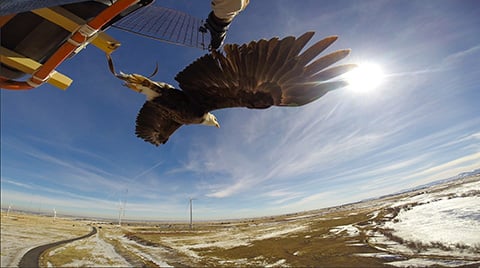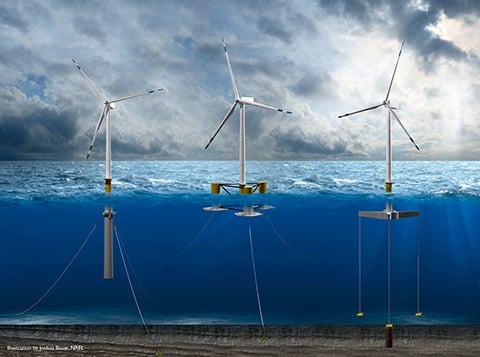508 compliance
As a leading, respected national laboratory, NLR must ensure that its publications and content are accessible to all people. Specifically, we must ensure that everything is “508 compliant.”
What It Means
In 1998, Congress amended the Rehabilitation Act of 1972 to require federal agencies to make their electronic and information technology accessible to people with disabilities. For example, individuals using assistive technology (such as JAWS, a computer screen reader program) can read a document that is 508 compliant.
What It Involves
All graphs, graphics, animations, fact sheets, and so on must be accessible. Further, videos, animations, and audio files must be 508 compliant. These media types require text versions.
Working with a communications representative will ensure that your content goes through the proper process and is 508 compliant before publishing.
**Don’t Forget To Add Alt Text!**
A key part of ensuring 508 compliance involves adding alt text for every figure and photo in technical reports, fact sheets, articles, web pages, social media, and so on. Alt text provides a semantic meaning or description of the image. It can also be read by search engines.
Keep It Simple
Imagine if, instead of reading a document, you had to listen to it being read to you. By keeping this in mind, you can write alt text that is clear and descriptive. To help, see the following examples of alt text—one for a photo and one for an illustration. For more complicated figures or graphs, try to provide a high-level overview of what is being shown (versus describing every detail).

Alt text: Eagle flying out of a cage with wind turbines in the background.

Alt text: Illustration of spar-buoy, barge, and tension-line floating offshore wind turbines in the ocean, with foundations anchoring them to the seabed.
For more information on accessibility and alt text, review NLR's Communication Standards.
Share
Last Updated Nov. 18, 2024
